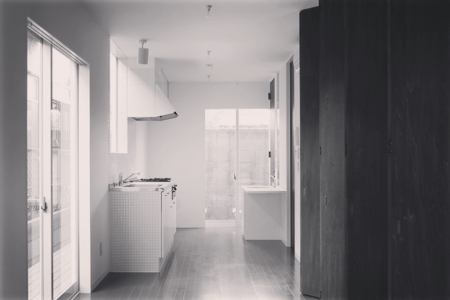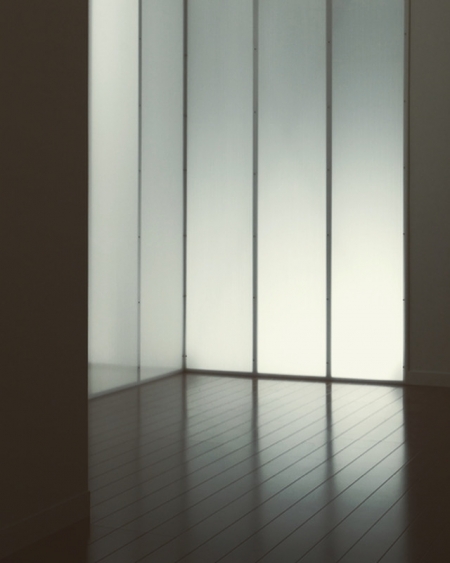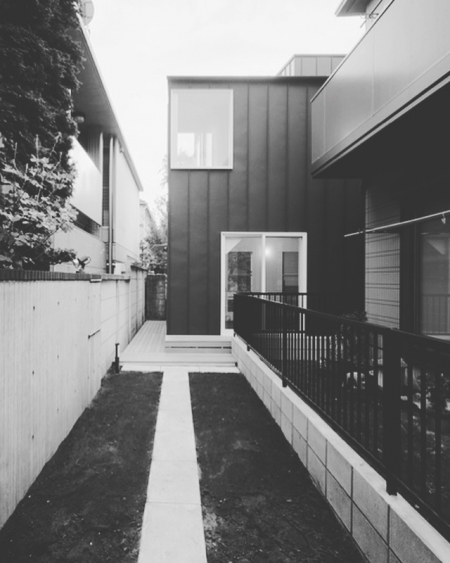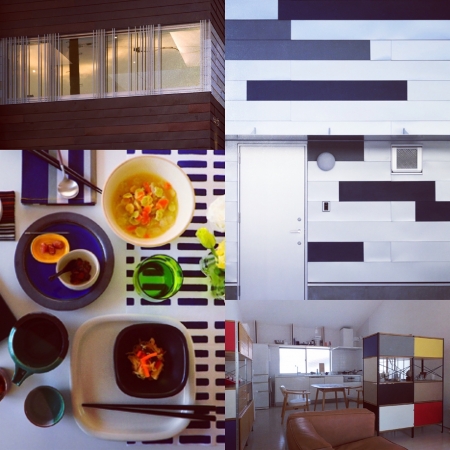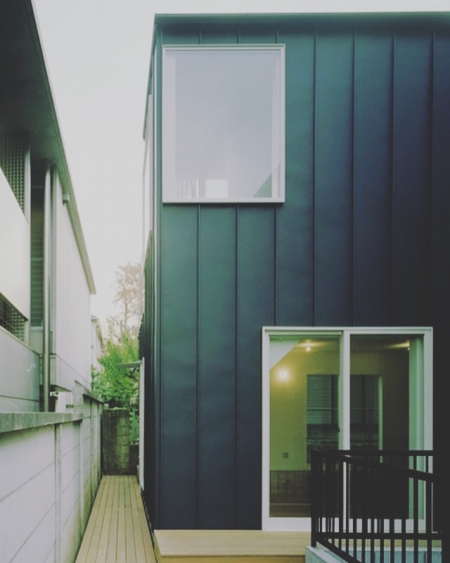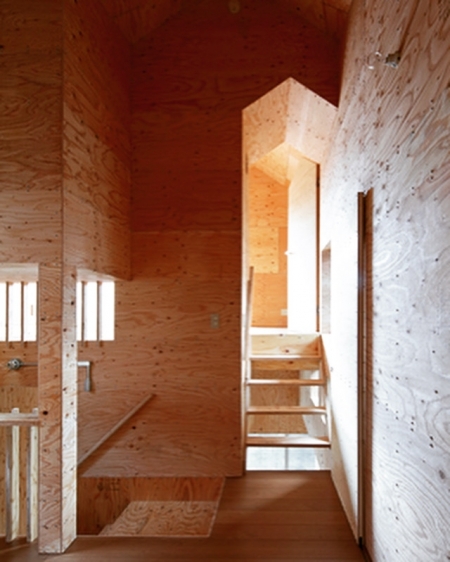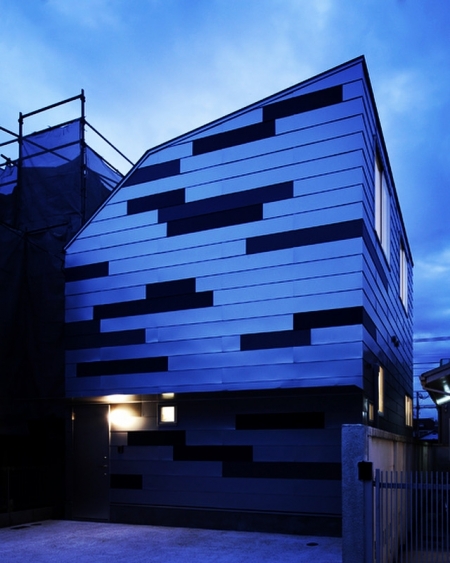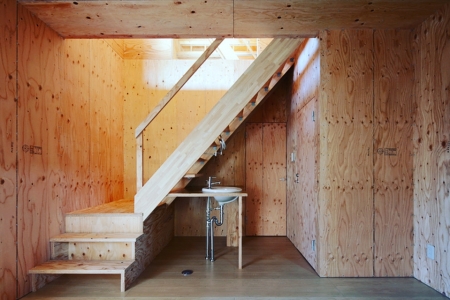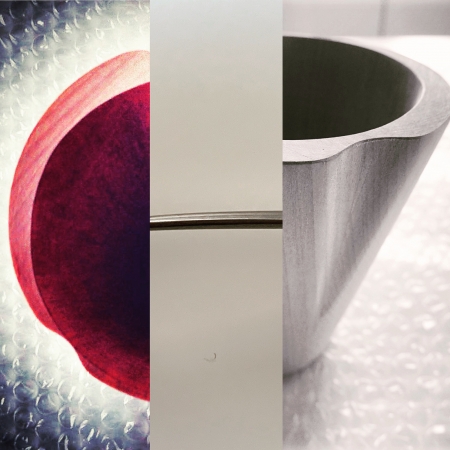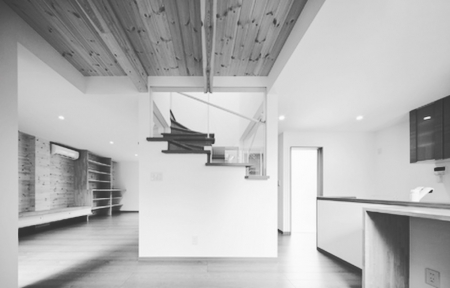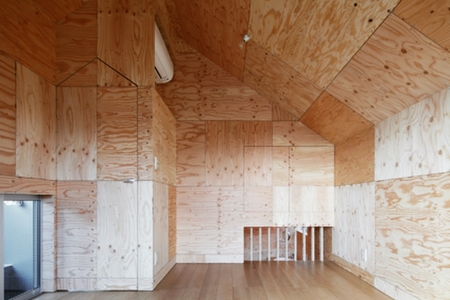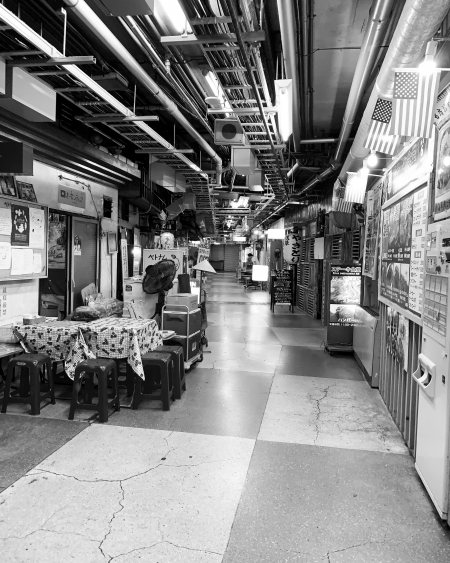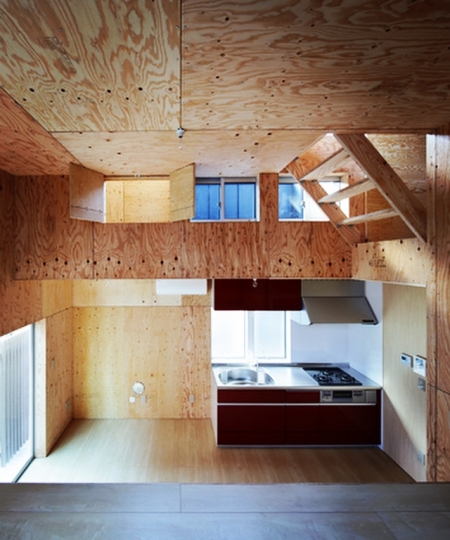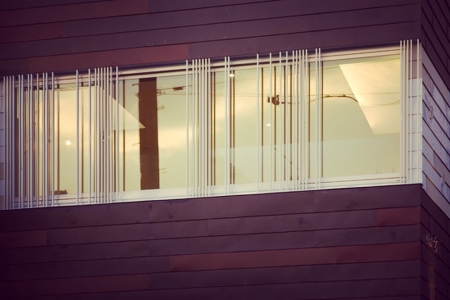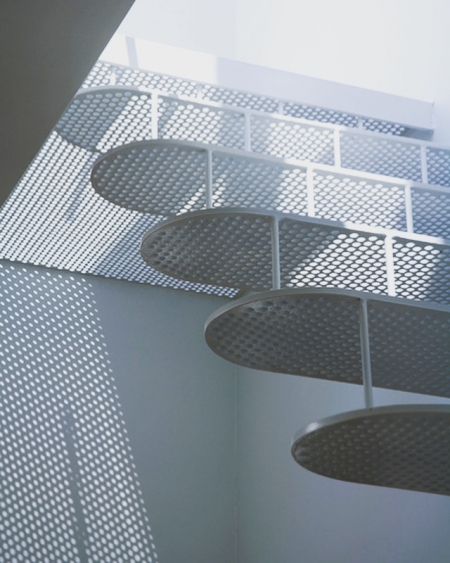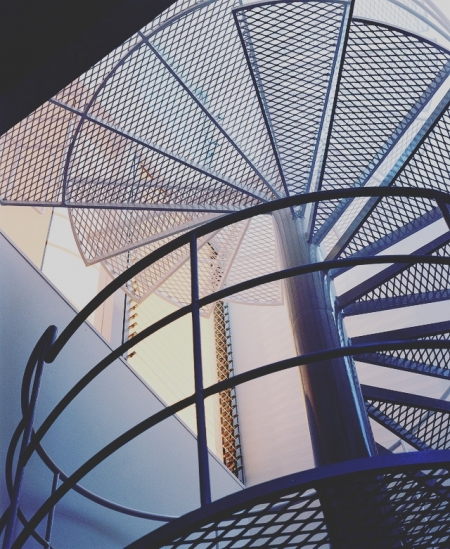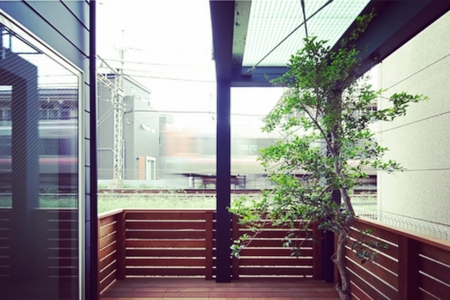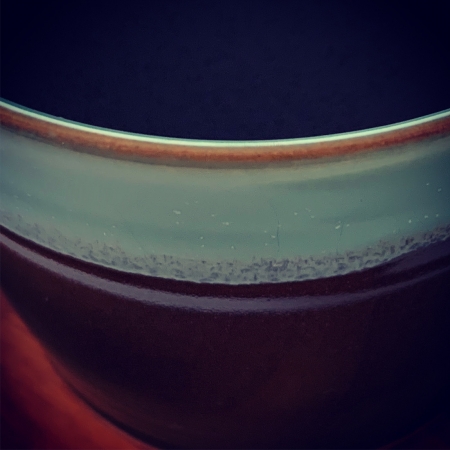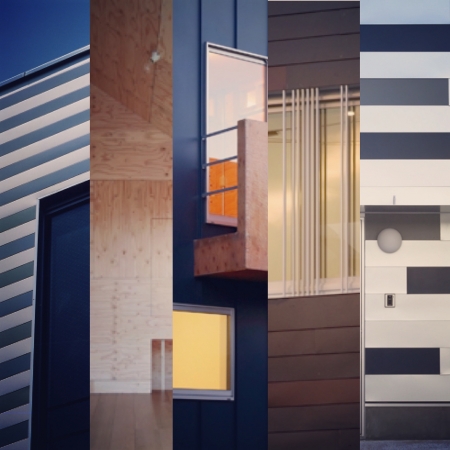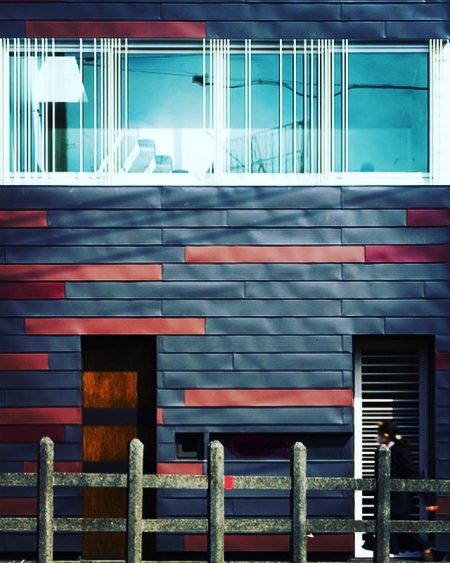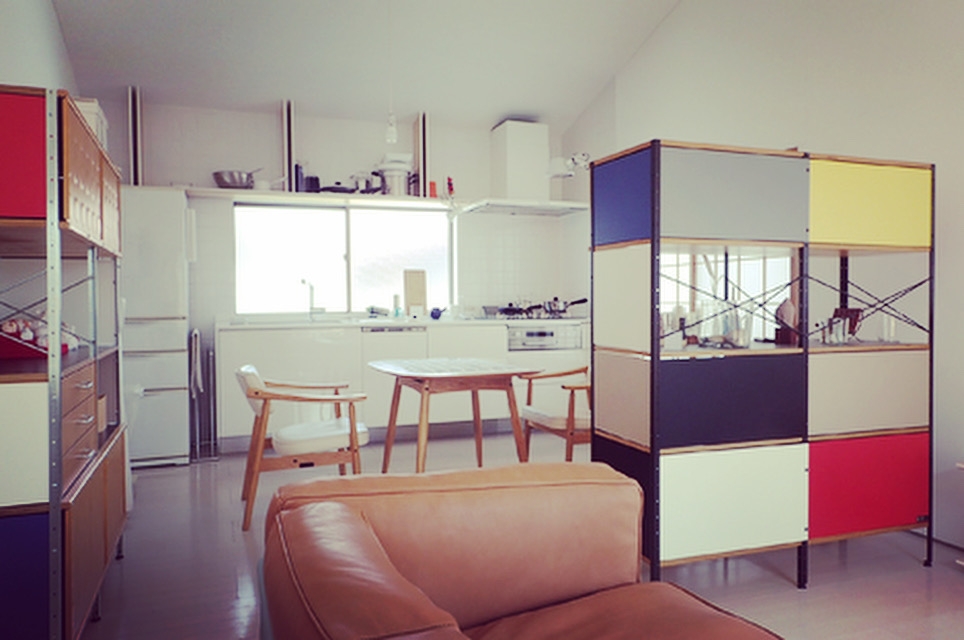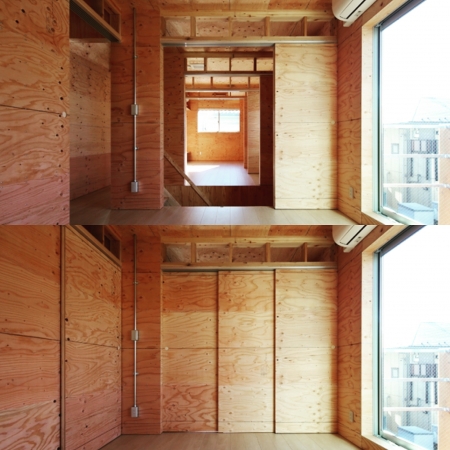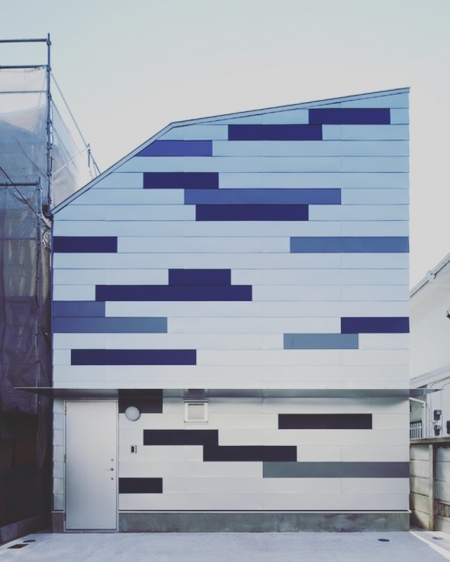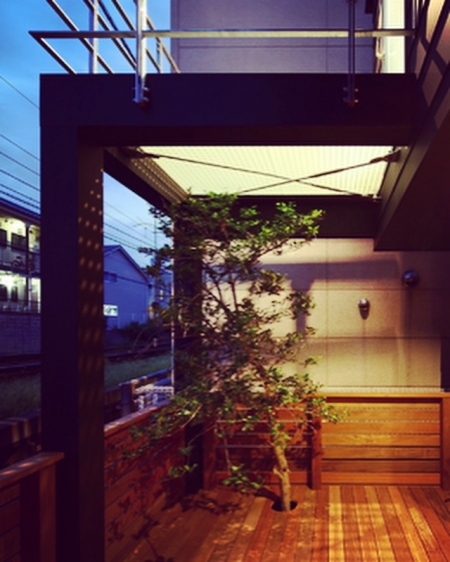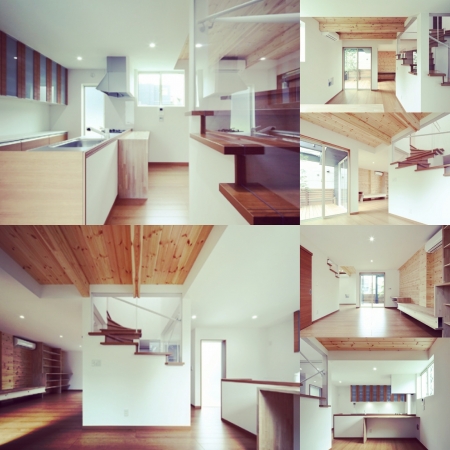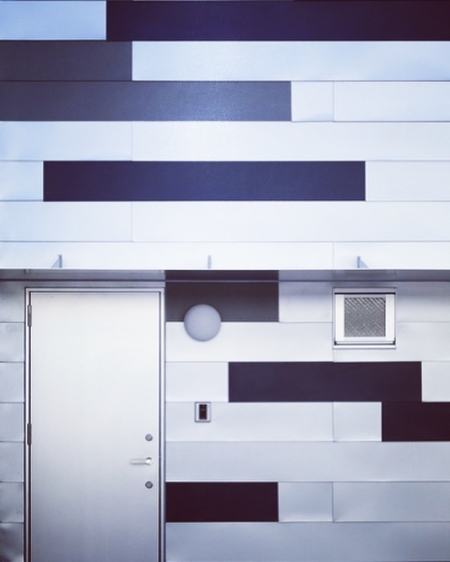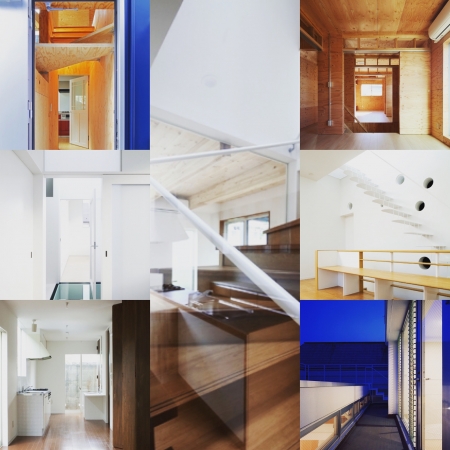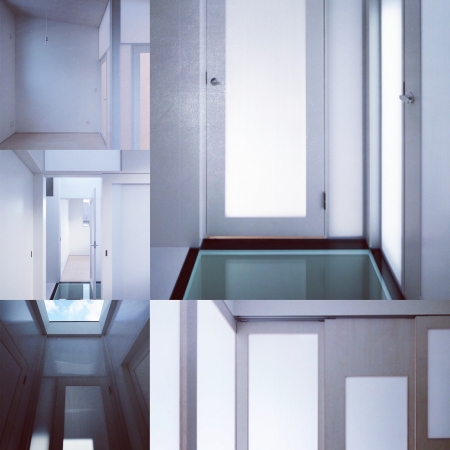認識される
パッと見た時に認識しやすいのは、部分的でも良いから、ヒエラルキーがある状態で、そのヒエラルキーのつき方がわかりやすい時である。
例えば、はじめて入ったお店でトイレを探そうとした時に、そのお店の考え方にもよるが、まずバックヤードと思われる辺りを探そうとする。それはトイレがメインの空間からは見えにくい所にあるだろうからと当りをつけるからで、時々、トイレのドアかなと思うとスタッフルームのドアだったりする。
メインからサブへ、表から裏へと明確に違いがわかれば、あるいは、トイレへの案内があれば良いが、無ければ尋ねるしかない。
人にまず認識をされなければ、何も伝わらないので、関係性を持ちたければ、認識しやすさ、あるいは、認識される構造を把握することが伝える内容と同じ位に重要だとなり、もしかしたら、伝える内容が普通でも認識のされ方が良ければ、伝える内容がより良く思われるかもしれず、そうすると、認識のされ方、伝え方により重きを置くのが良いかもしれない。
"Recognized"
What is easy to recognize at a glance is when there is a hierarchy and it is easy to understand how to attach the hierarchy because it may be partial.
For example, the first time you try to find a toilet in a store you enter, depending on the way the store thinks, you first try to find a place that seems to be a backyard. It's a hit because the toilet may be hard to see from the main space, so sometimes it's a staff room door if you think it's a toilet door.
If you can clearly see the difference from the main to the sub, from the front to the back, or if there is a guide to the toilet, you have to ask if there is no guide.
If you don't recognize it first, nothing will be transmitted, so if you want to have a relationship, it is as important to understand as possible or to understand the structure to be recognized as much as what you tell, If the content to be conveyed is ordinary but well recognized, the content to be conveyed may seem better, and then it may be better to give more weight to the way of recognition and communication.

